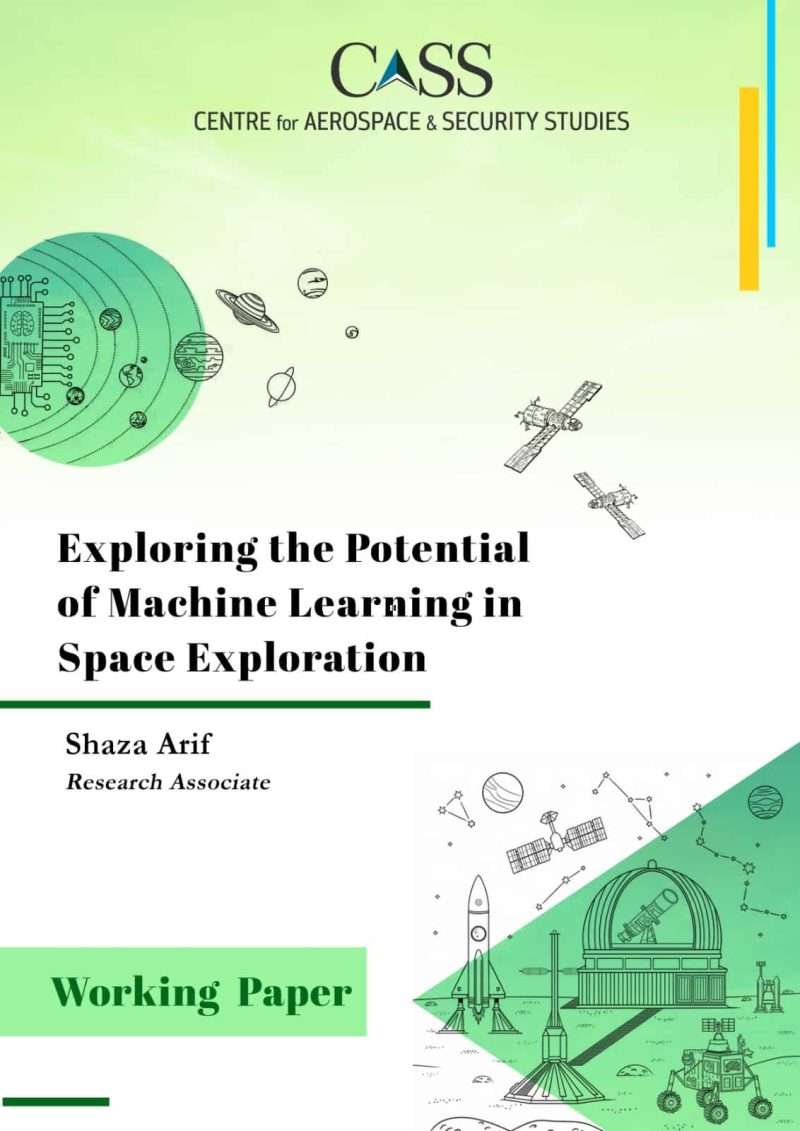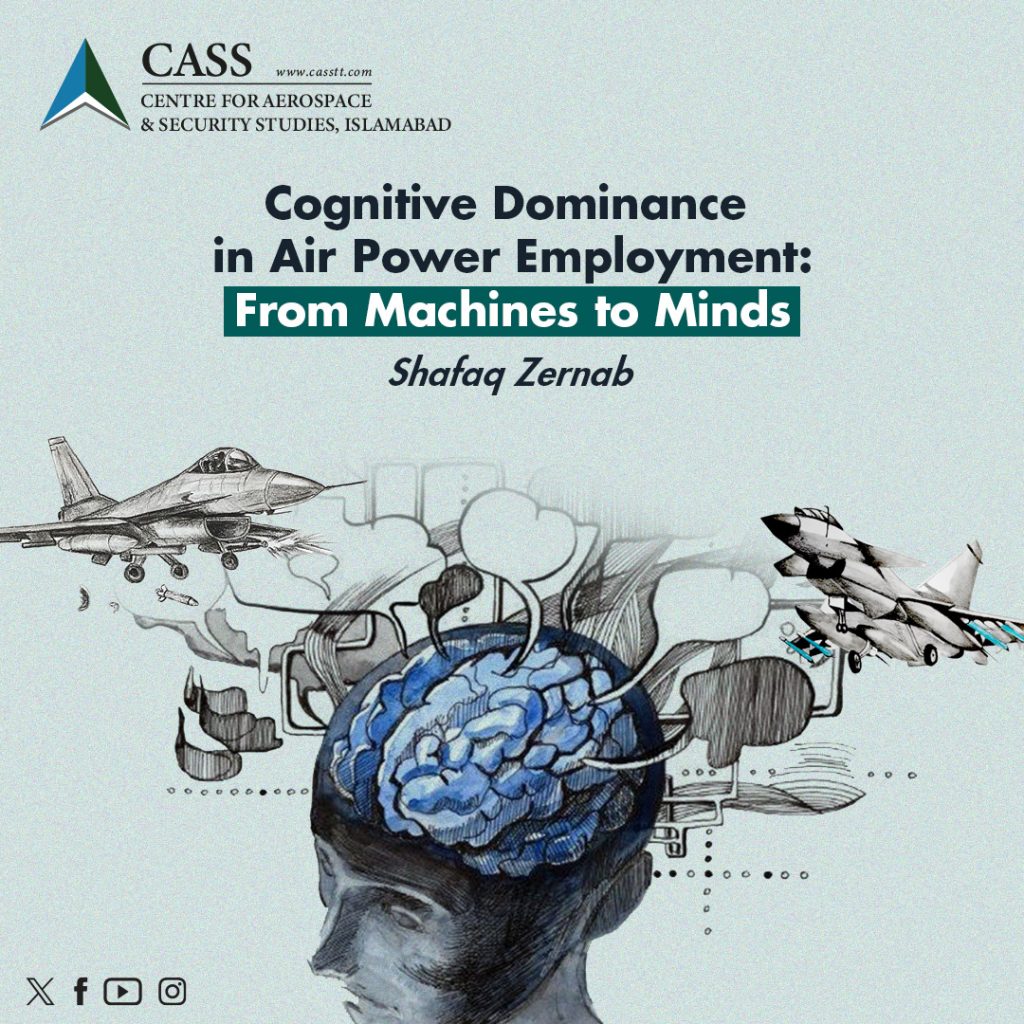Space-based capabilities have become one of the central themes in the technological discourse. Rapid proliferation of these capabilities has increased the significance of space exploration. As various space agencies and private entities expedite their ingress towards space, Machine Learning (ML) is becoming more relevant to ensure efficiency, safety and mission success. This paper examines the interplay between ML and space exploration, focusing on its key applications across three levels: near-Earth, solar system, and interstellar. The findings of this paper indicate that ML has major implications across all three levels of space exploration. In near-Earth applications, ML facilitates data collection and analysis, autonomous navigation, and development of Robonauts. At the solar system level, it plays a crucial role in planetary exploration, space weather forecasting, space debris identification, and asteroid trajectory prediction. Similarly, at the interstellar level, ML contributes to exoplanet detection, analysis of diffuse interstellar bands, and advancements in interstellar travel. However, while ML-driven applications offer substantial benefits, their implementation is hindered by various challenges arising from the inherent complexity of the space domain, necessitating targeted solutions for optimal utilisation.

Share this article

Emerging Geopolitical Alliances and Implications for Pakistan
The year 2025 has dramatically reshaped global and regional geopolitics through a series of crises: the India–Pakistan war, the Israel–Iran confrontation, and renewed instability on the Pakistan–Afghanistan border.

Pakistan in 2025
As 2025 draws to a close in few days, it is time to reflect back on the chain of events that have shaped the year. Apart from the typical highs and lows – the year saw some unprecedented events that will have a lasting imprint.

Cognitive Dominance in Air Power Employment: From Machines to Minds
In contemporary air warfare, there is a silent battle that begins long before the first missile is fired: the battle of the mind. The Indo-Pakistan conflict of 2025 reaffirmed this truth. In that short but decisive engagement, Pakistan Air Force (PAF) demonstrated that in modern warfare, victory is no longer about airframes destroyed but in the mastery of cognition, which is the ability to think faster, act smarter and control perception under stress. To make victory second nature, institutionalisation of cognitive gains through AI, cross-domain integration and leadership development is paramount for modern air forces.

